
Budapest, the capital of Hungary is one of Europe’s most beautiful, historically rich and underrated cities. It’s split by the Danube River into two main parts: Buda, with its historic castles and hills, and Pest, the flatter more modern side full of energy, nightlife and cultural attractions. Known for its stunning architecture ranging from Gothic and Baroque to Art nouveau, including the Hungarian Parliament Building, Buda Castle, Saint Stephen’s Basilica and the neo-Gothic Matthias Church. Hungary has a complex history shaped by Celts, Romans, Ottomans, Habsburgs, Nazis and Soviets, all of which is reflected in the streets, museums and food of Budapest. We were charmed by the city from the moment we began walking around our neighborhood next to the parliament buildings 💕
We arrived in Budapest after a 12 hour overnight flight from Mauritius to Frankfurt, then a short 75 minute flight from Frankfurt and finally an Uber taxi for 30 min to our apartment in the historic center of the city. Fortunately there is only a 2 hour time difference between Mauritius and Budapest so we did not have to deal with jet lag. We got a pleasant surprise at the airport when we tried to buy a 15 day transit pass and were told that all transit is free for persons 65 and over…how wonderful is that. We enjoyed hopping on and off the trams, buses and metro to get us around the city quickly and easily. Especially on those days when the temperature hit 32 C.

We signed up for a free ‘introduction to the city’ walking tour our first morning in Budapest to get our bearings quickly. Orsi was a wonderful guide, born and raised in Budapest, sharing her love of the city with us. She grew up during the communist years and it was interesting to hear her stories on life during and post communism. Our tour began behind the Parliament buildings where we learned about the ‘other’ flag on the building, it’s in recognition of the 3.3 million Hungarians that suddenly became minorities in new jurisdictions when 2/3 of Hungary was taken away in 1920 under the Treaty of Trianon and distributed to the neighboring countries.
Shortly after the Nazis occupied Austria and Czechoslovakia in 1938, Hungary decided to align themselves with Hitler and in the process regained some of the lands they lost after the first World War. This turned out to be a grave mistake because when the Hungarian government changed their mind and attempted to pull out of the alliance with Germany, the Nazis invaded and occupied Hungary in March 1944. In just 56 days between May and July 1944 nearly 438,000 Hungarian Jews were deported, primarily to Auschwitz, where almost all of them were murdered. Hungary was liberated from the Nazis by the Soviet army in April 1945 but that was the beginning of decades of communist rule, so its legacy is viewed with mixed feelings in Hungary today. It took until 1989 when communist regimes all across Europe were falling to end communism in Hungary, leading to the transition to a democratic government.
Our tour visited a couple of German and Soviet monuments but we learned that nearly all communist monuments were removed and taken to a ‘museum’ out in the countryside. We viewed the outside of the beautiful Saint Stephens Basilica, admired views of the Danube and the Buda side of the city. We learned the population of Budapest is around 1.9 million and the next largest city in Hungary has a population of 200,000 explaining why everyone in Budapest refers to the rest of Hungary as ‘the countryside’. We learned a lot from our guide and I must admit, we knew very little about the history of Hungary and Budapest. (click on any photo to enlarge)
During the city tour our guide told us about a Ukrainian/Hungarian sculptor who has placed mini statues throughout the city. She pointed out 3 of them during our tour and I was intrigued. I found this website with information about the artist Mihaly Kolodko and the location of the statues. It turned into a fun mini treasure hunt during our time in Budapest taking us to neighborhoods we would not have ordinarily gone to. We found 21 of them 😊
Central Market Hall, built in 1897, is the oldest and largest indoor market in Budapest. On the ground floor you will find produce, meats, pastries, candies, paprika spices and spirits. The second floor has a large variety of tourist souvenirs and street food type eateries. In the basement are the fish mongers and pickled vegetables stalls and a couple of specialty butcher shops. The Market Hall is one of the most popular tourist attractions in the city with every souvenir imaginable for sale.
The ‘Shoes on the Danube Bank’ sculpture gives remembrance to the thousands of Hungarian Jews who were shot and thrown into the Danube by the fascist Arrow Cross militiamen in 1944-1945. The sculptor created sixty pairs of shoes out of iron in memory of these victims. I had seen photographs of this memorial and was keen to see it in person, but I was disappointed to see dead flowers, burnt out candles, rocks inside the shoes and a variety of current political items all over the shoes and ground. Our walking tour guide said it’s a memorial so people like to leave things but in my opinion it looked trashy and detracted from the poignant reminder of the atrocities committed. The best time to visit….7:00 am when nobody else is around.
Saint Stephens Basilica, named after the first king of Hungary, is one of the most important landmarks in Budapest. The Catholic church stands in a central position in Pest and is the third largest church in Hungary. The basilica is a relatively modern construction started in 1851, it was not completed until 1905. During the Second World War it was significantly damaged and the walls, towers and roof all had to be rebuilt. Inside, the basilica is filled with works of art, mosaics, statues and paintings by important Hungarian artists. The main treasure in the church is the Holy Right Hand belonging to King Saint Stephen. The basilica is known for its organ concerts and classical music which we got a small taste of during our visit when the organist played (listen here) a few pieces for the tour he was hosting. Leaving the inside of the church we took an elevator and then 145 steps up to the exterior walkway around the cupola for some pretty views of Budapest. Tickets to the church and cupola cost 5,000 Forints (USD $14.15) each.
We joined a second free walking tour around the Jewish Quarter, currently the city’s party district but once the last Jewish ghetto built by the Nazis during World War II. In November 1944, German and Hungarian Nazis turned the Jewish Quarter into a ghetto by forcibly moving 70,000 Jews there. Sadly these were the lucky ones with 130,000 Jews in Budapest sent to the concentration camps. More than 10,000 of the people in the ghetto died of starvation and cold in the 6 weeks before the Soviet army liberated the ghetto and saved its remaining residents from mass deportations to Auschwitz.
In the early 2000’s the neglected streets and dilapidated buildings were revitalized by the appearance of ruin bars -quirky drinking joints inside the vacant buildings slated for demolition. We stopped for a drink and look around at Szimpla Kert, the first and most well known ruin bar, we hear this place is a madhouse after 10 pm. Today there a many ruin bars, cafes, restaurants and designer stores in the Jewish quarter making it a vibrant and popular part of the city.
Within the Jewish quarter are three synagogues, the largest of which is the Dohany Street Synagogue built between 1854 and 1859. It is the biggest in Europe, second largest in the world, and is not a typical synagogue. Outside are minaret-like towers and Moorish style designs while the interior resembles a Christian basilica with three richly decorated aisles, pulpits and an organ. Organs are typically never allowed in a synagogue. Behind the building is the Holocaust Tree of Life memorial commemorating 400,000 Hungarian Jews who died at the hands of the Nazi’s. The leaves are engraved with the names of victims once housed in the Budapest Ghetto. We did not go inside the synagogue during our walking tour.
There are a lot of Jewish heritage sites in Budapest to discover, among them the remembrance stones. Stolpersteine or ‘stumbling stones’ are commemorative plaques honoring victims of the Holocaust. They are set into the sidewalk outside the buildings where the person once lived or worked. Each of them are individual featuring the victim’s name, date of birth, year of deportation, and cause of death. We first learned about these memorial stones in 2023 during our visit to The Netherlands. (click on any photo to enlarge and see the translation of the stone)
One sunny Saturday afternoon we took the bus to City Park to check out the Rosalia wine festival. We thought it would be a good opportunity to try some local Hungarian food and wines. Entry to the event was free but in order to taste the wines you had to rent a wine glass for 3,200 Forints (USD $9.30) of which 1,500 Forints (USD $4.30) was refundable at the end of our visit when we returned the glass. We tried a few wines and had our first Hungarian chimney cake, baked the traditional way, over charcoal. Everything was yummy and we had a fun couple of hours at the event.
My cousin Steph lives near London and tries to visit us in Europe when we are here, her last visit with us was January when we were in Lagos, Portugal. This time she took a look at our itinerary and when she saw our dates in Budapest she and her friend Carole decided to pop over for a quick visit, neither of them has been here before. Flying from London they got a fantastic package deal with British Airways that included flights and three nights at a 4 star hotel in the city center for 378 pounds each, what a great price!! We walked endless miles, chatted up a storm, went on a walking tour of Buda Castle, had some lovely meals, toured the Parliament Building and had the most wonderful two days together. We are exhausted, but so happy for the visit 🥰
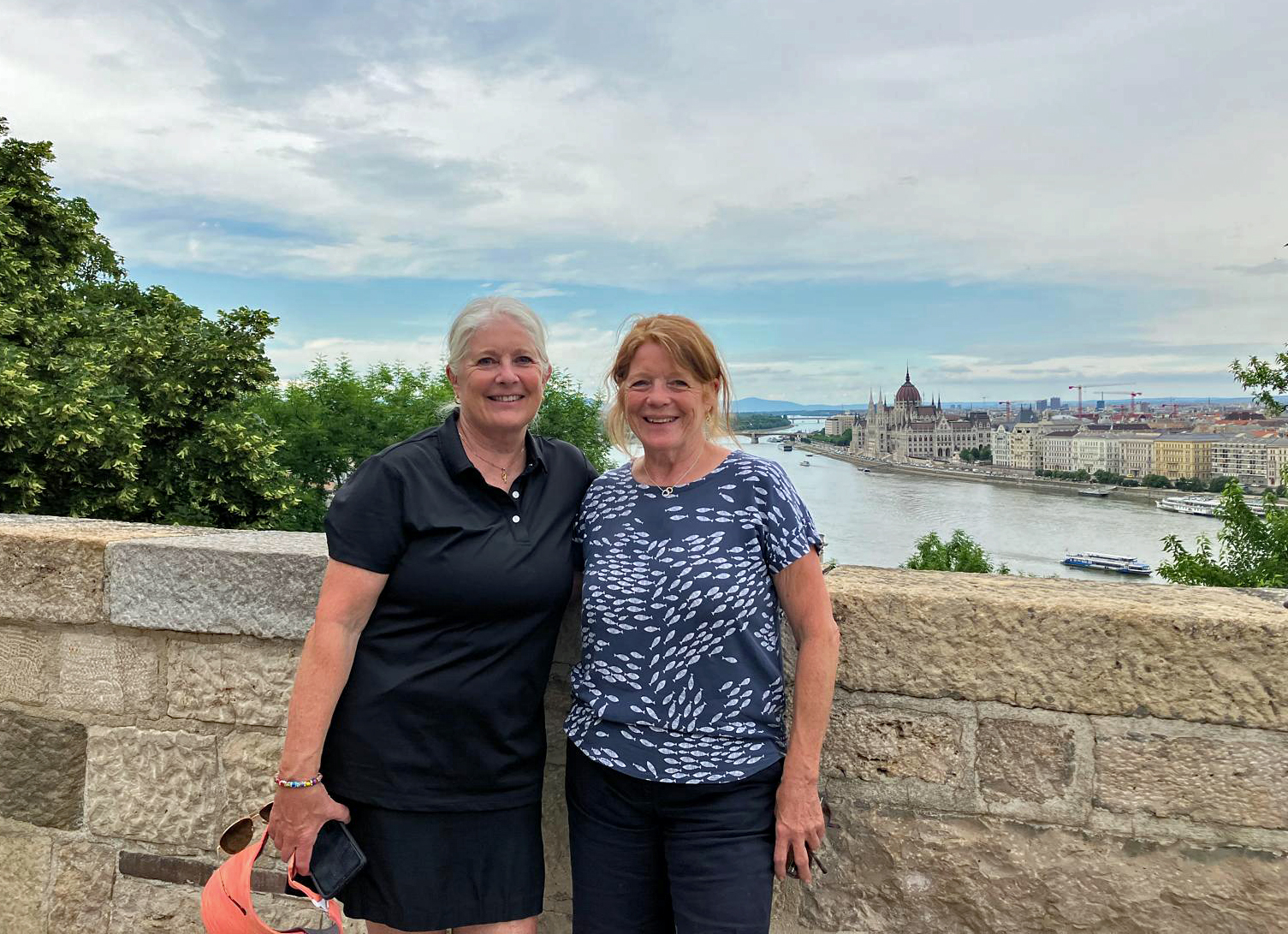
For our third free walking tour in Budapest we signed up for the Buda Castle walk with my cousin and her friend. It was another informative walk in a new area of the city. Prior to the tour we visited the inside of the Matthias Church, which has been sitting atop the Buda Castle hill since 1015 and is one of the most unique churches in Europe. The current building was constructed in the Gothic style in the second half of the 14th century, and the bell tower was constructed in the 15th century. The last two Kings of Hungary were crowned within these richly painted walls. Tickets to the church cost 2,500 Forints (USD $7.10) each.
Our visitors wanted to tour the Parliament Buildings and because we are right next door we dashed over at 8 am when the ticket office opened and were able to get tickets for the four of us on the 10:45am tour. The 45 minute tour is audio guided but led by an employee with a guard at the back to make sure everyone moves along and stays with the group. The tour begins with a climb up a gold-plated staircase on our way to the Grand Stairway where two large frescoes adorn the ceiling. There are eight, four-tonne granite columns lining the stairway of which only 12 of this type can be found in the world. The grand stairway leads to the Dome Hall, the center of the House of Parliament, where the Hungarian Holy Crown and coronation regalia are kept. They are protected 24 hours a day by the Crown Guard. No photos are allowed in the Dome Hall. The last stop is the former Chamber of Peers which now hosts conferences and meetings. Paintings of the coats of arms of Hungary’s royal families can be seen behind the podium. Tickets for the Parliament tour cost 13,000 Forints (USD $36.95) each.
Our two weeks in Budapest went by much too quickly as we relaxed into a comfortable routine of sightseeing, going to the gym, enjoying quiet time at home and having visitors. It now ranks as one of my favorite cities and somewhere we would love to return to for a longer visit.
Until then, we are off to another new city and country for us Vienna, Austria…..
TRIP TIPS
The F5 gym was close to our apartment so we bought a 4 visit pass for 13,900 Forints (USD $39.35) each.
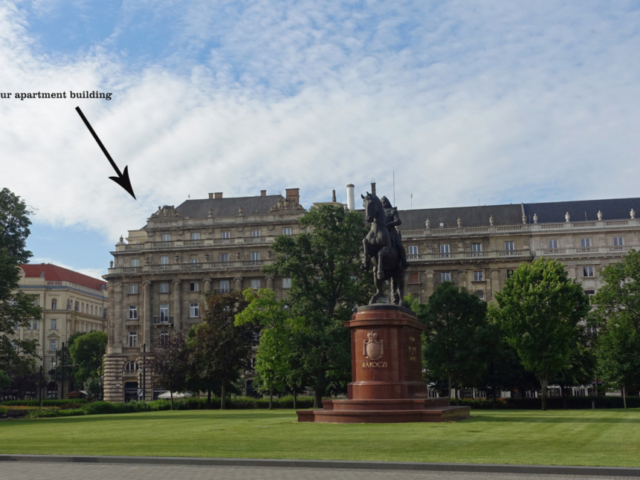


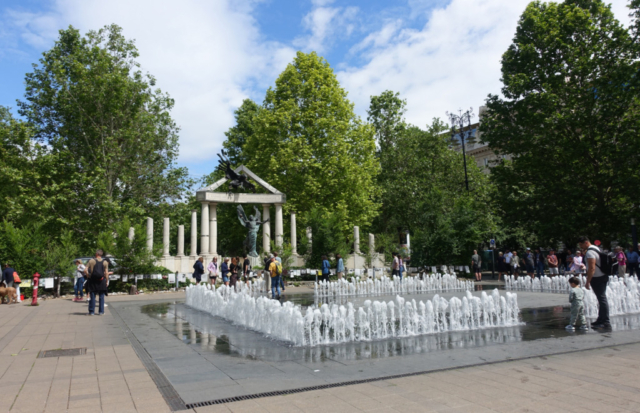

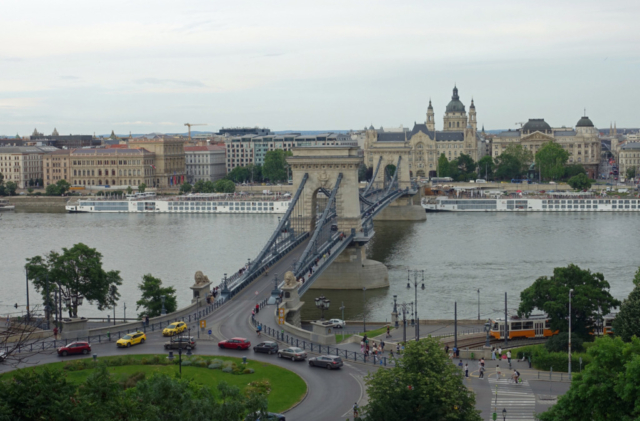

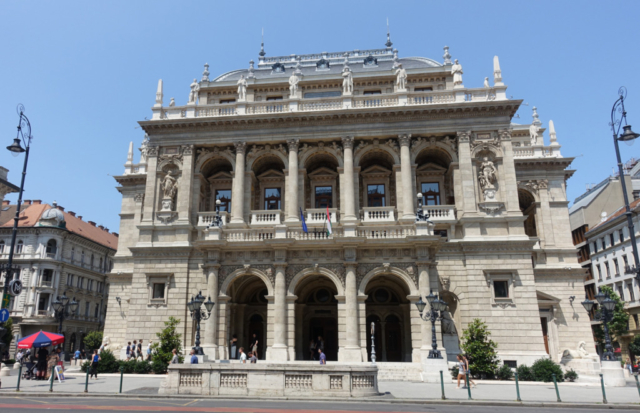
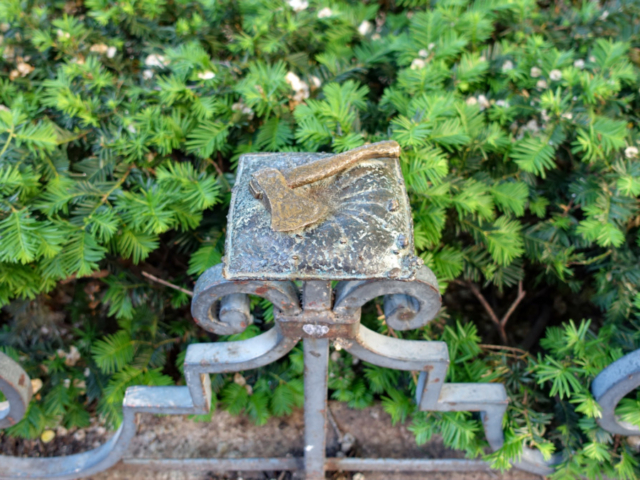
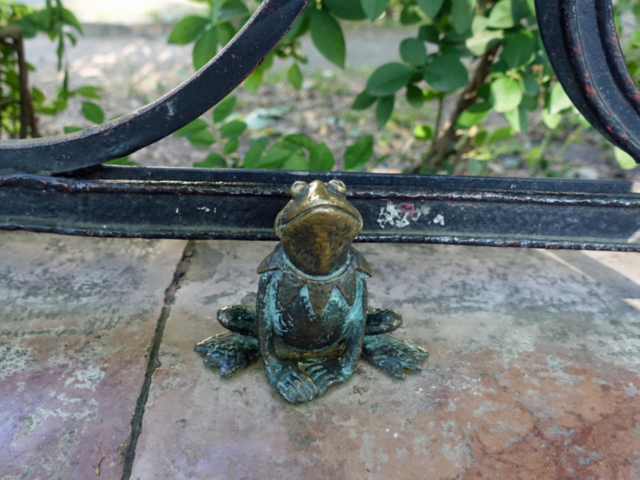
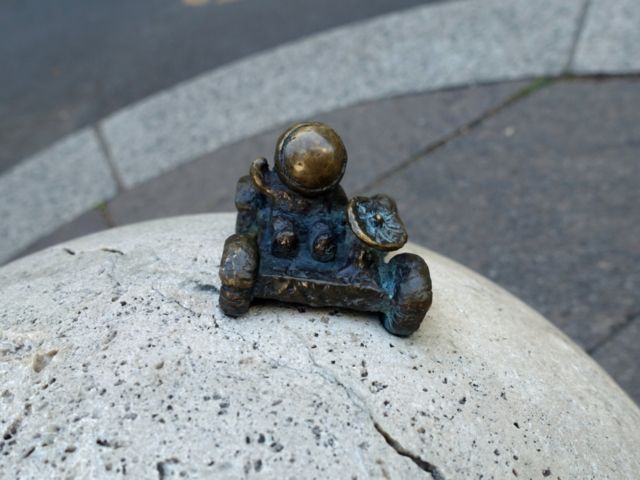
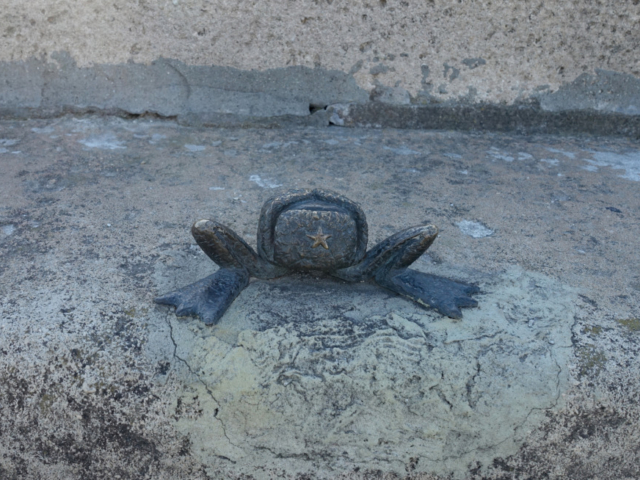

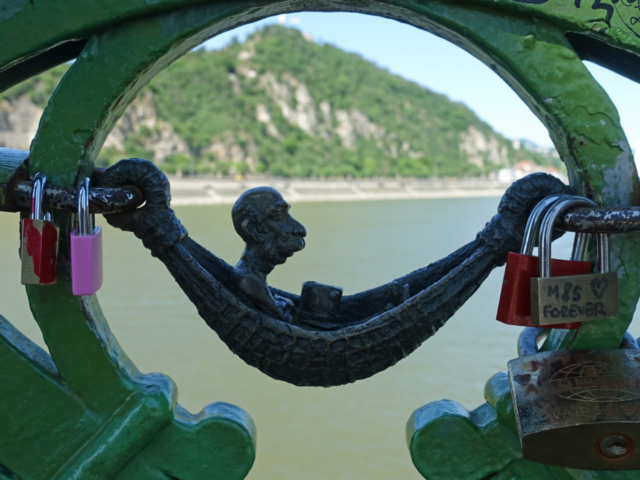


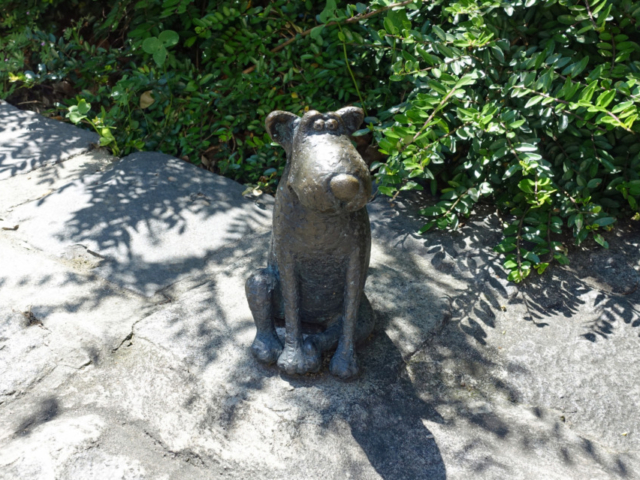
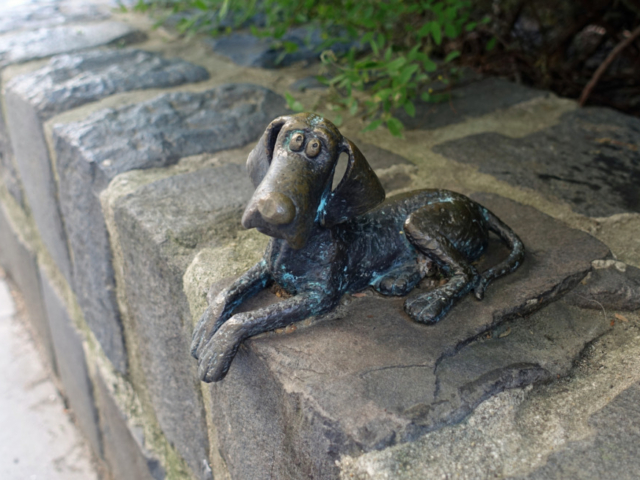
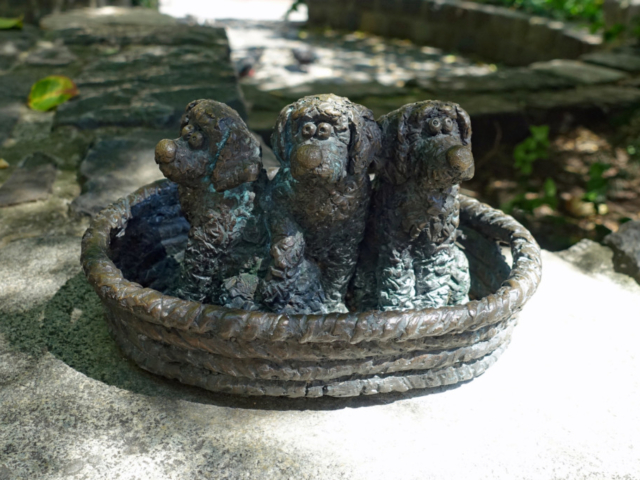
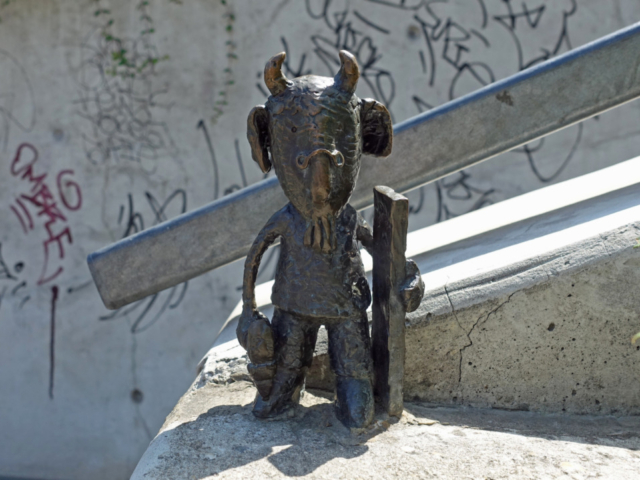
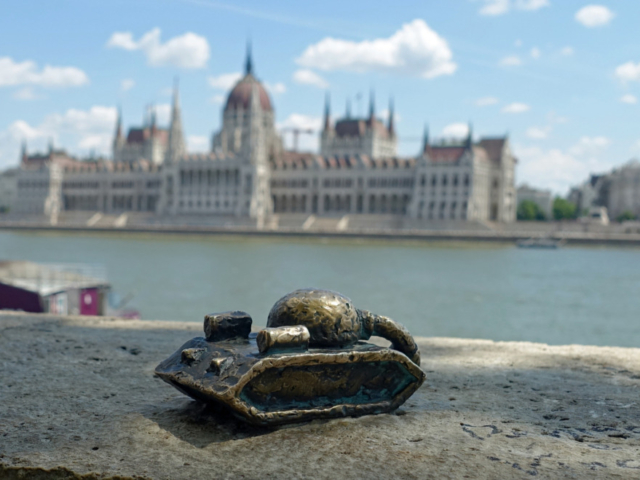
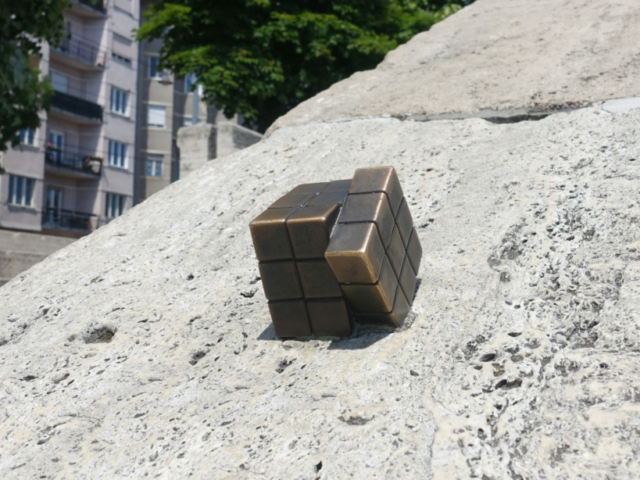

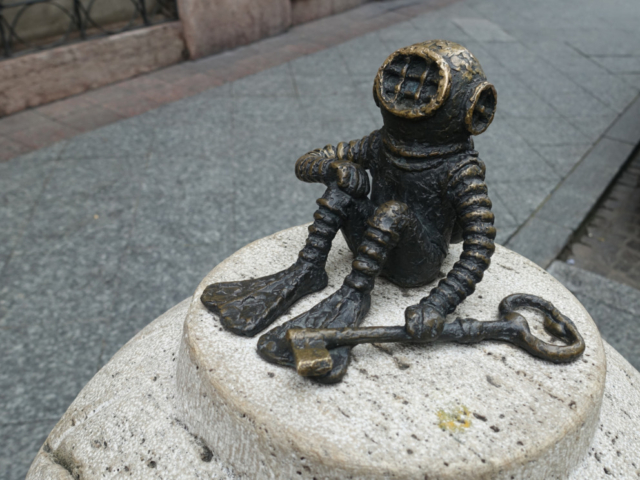
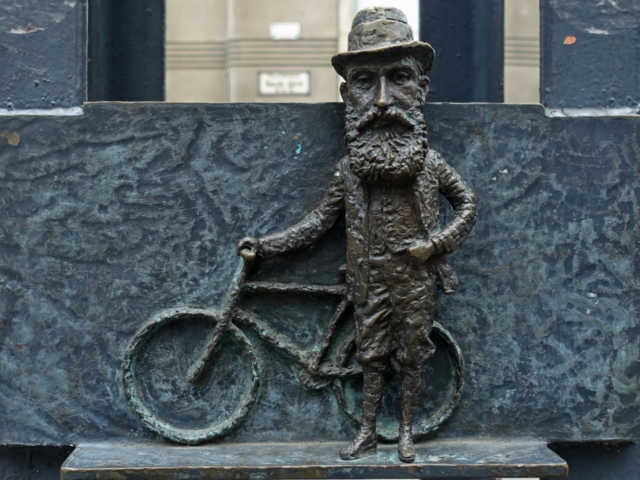
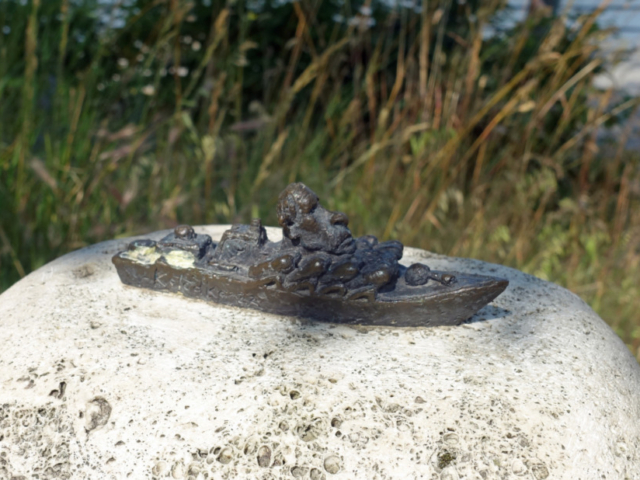
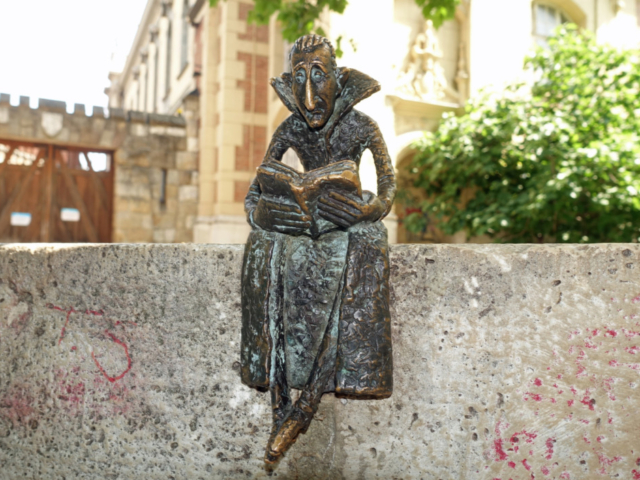
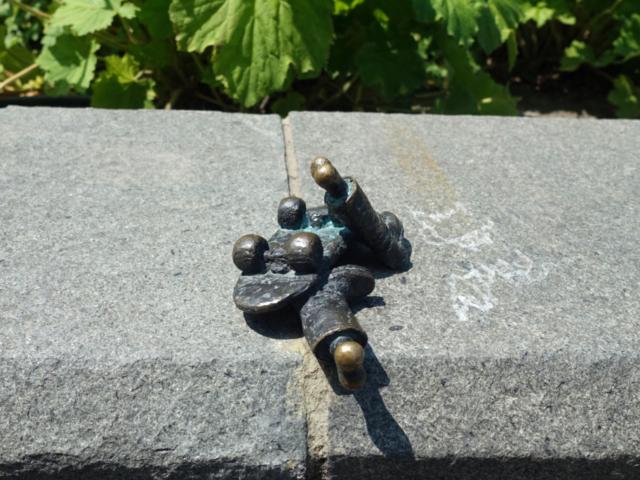
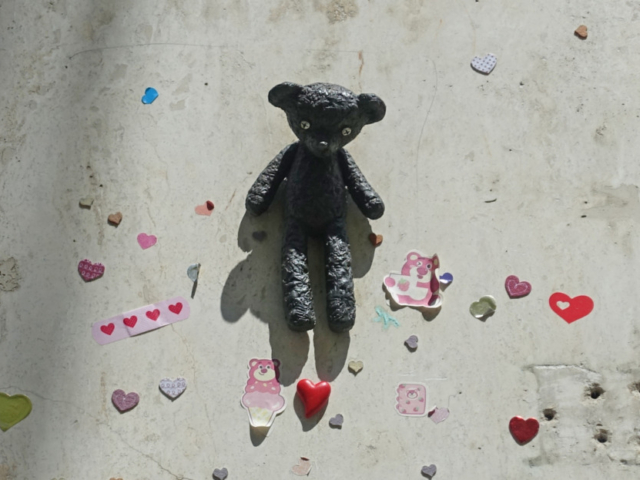
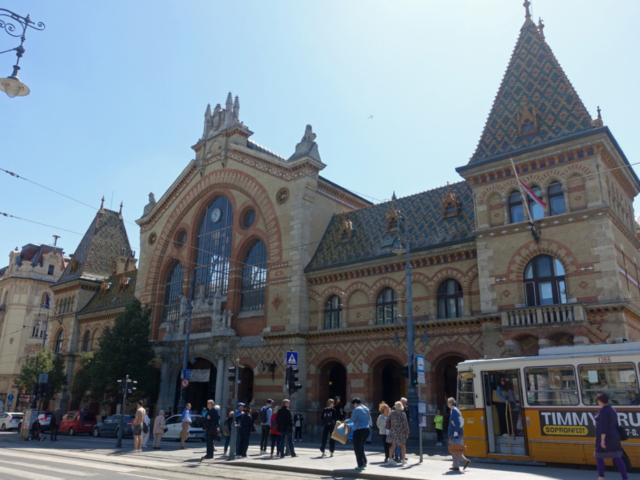

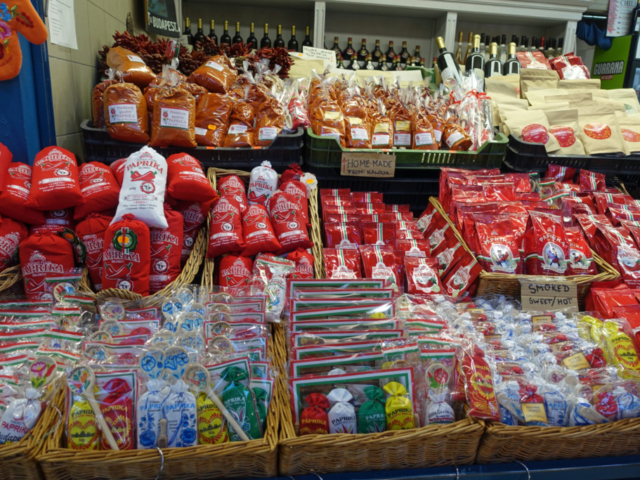
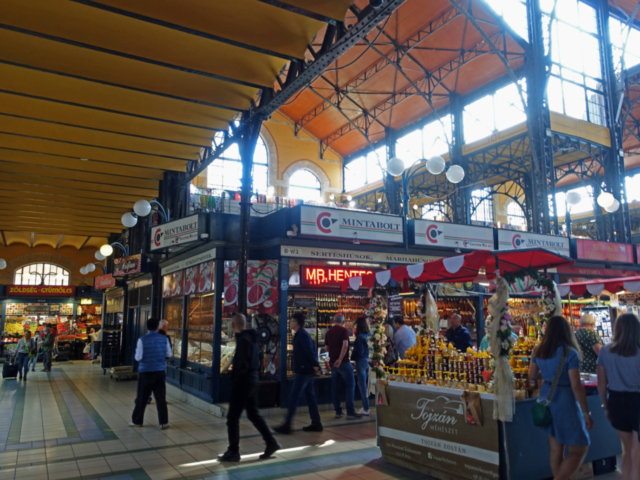
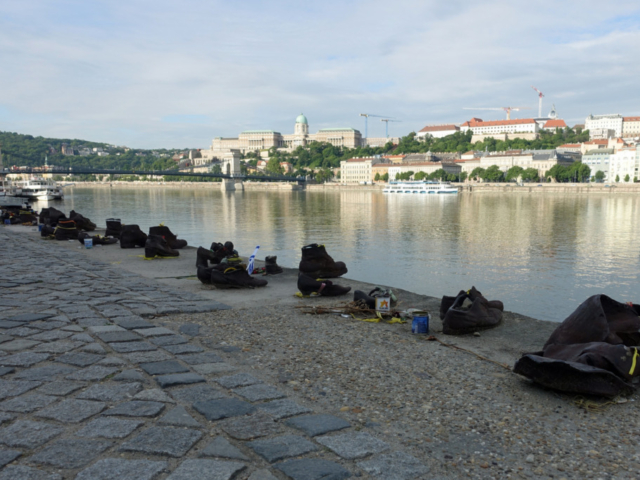
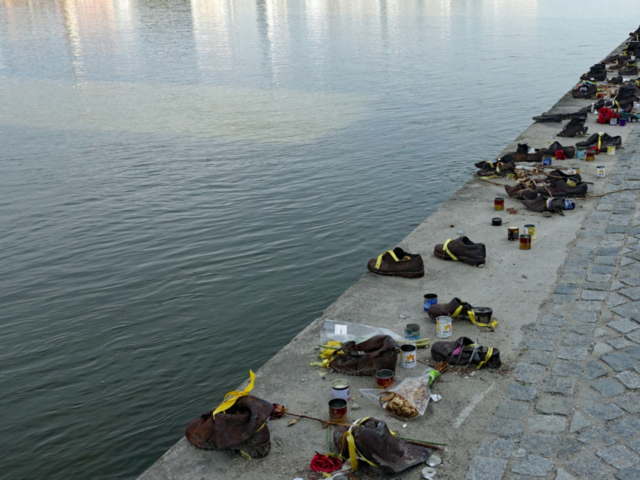
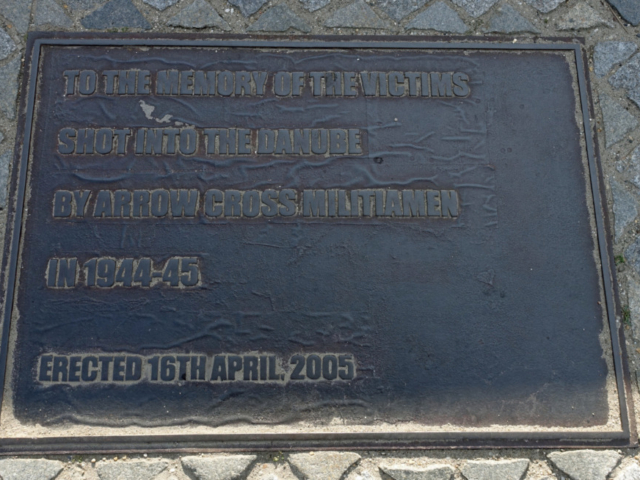
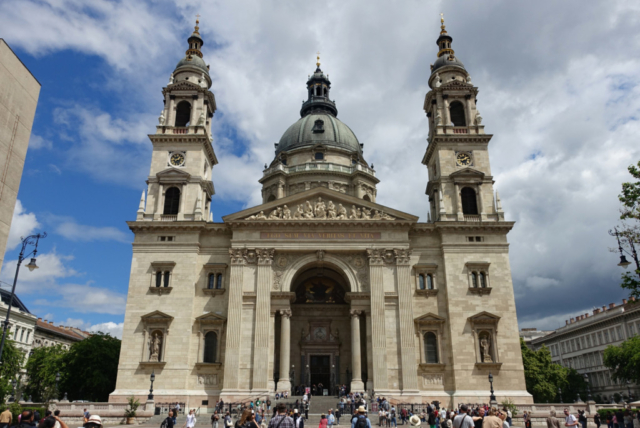

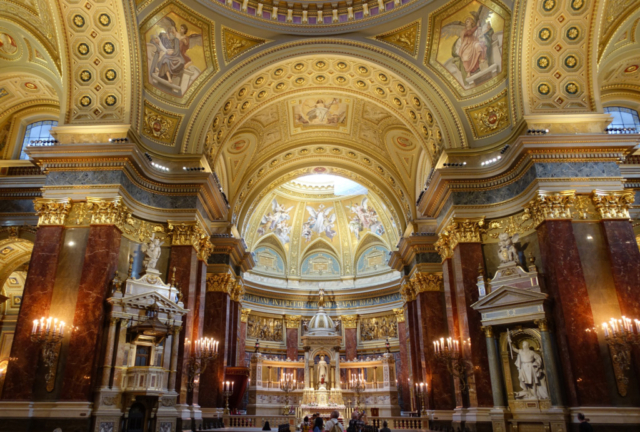
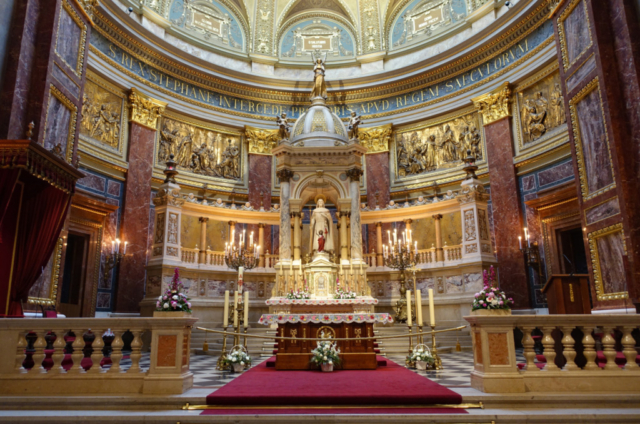
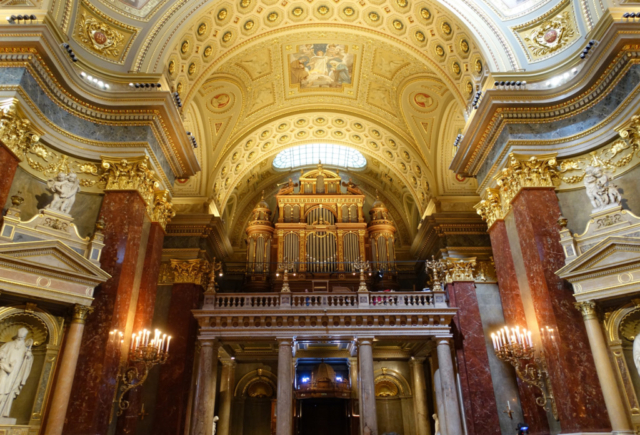
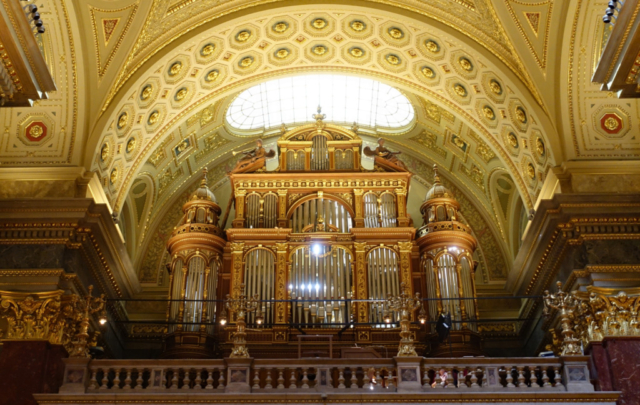
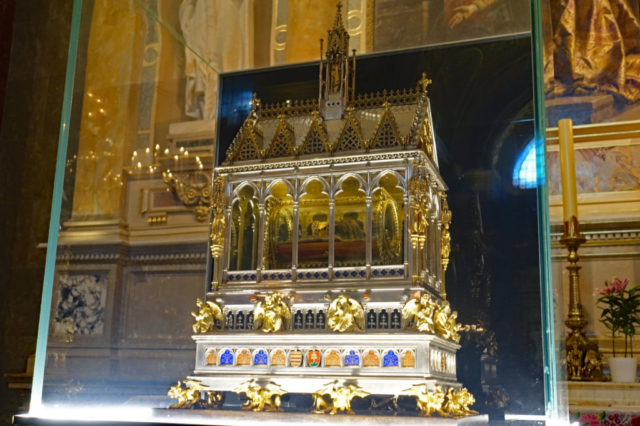
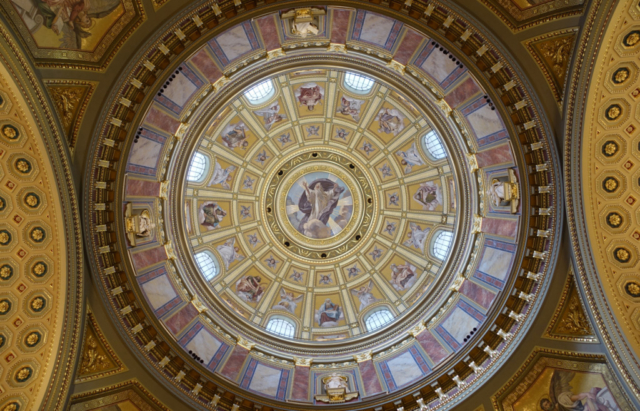
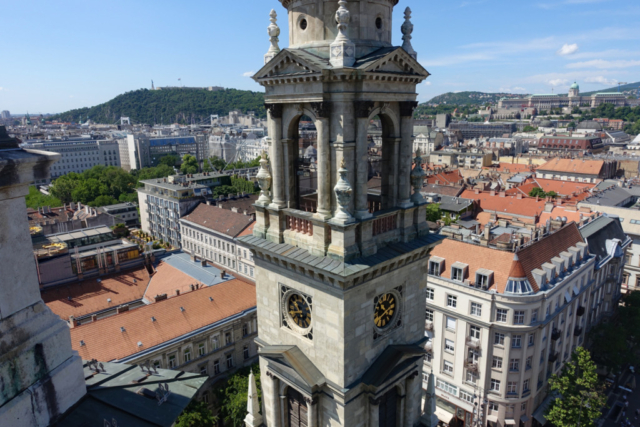
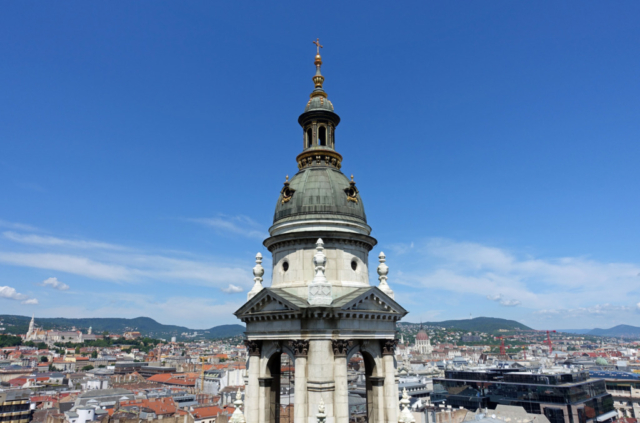
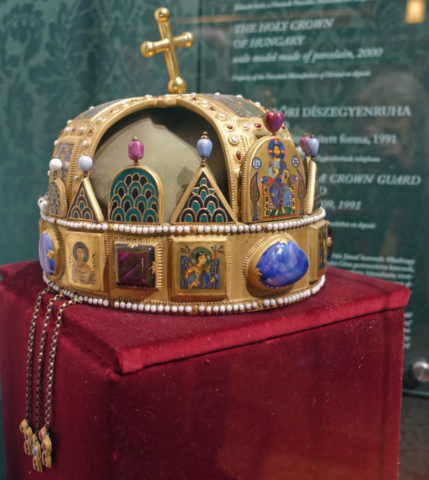
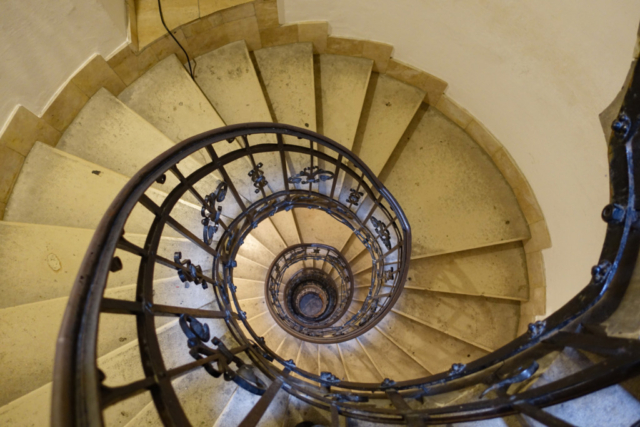

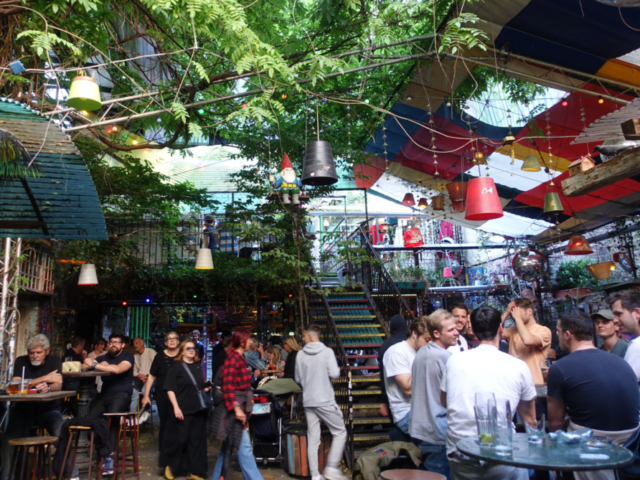

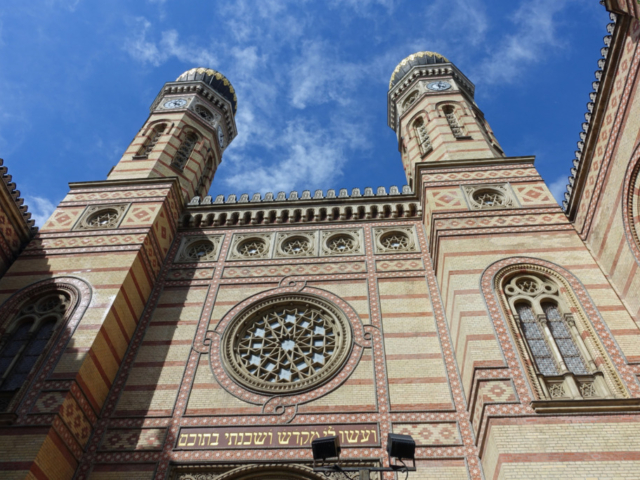
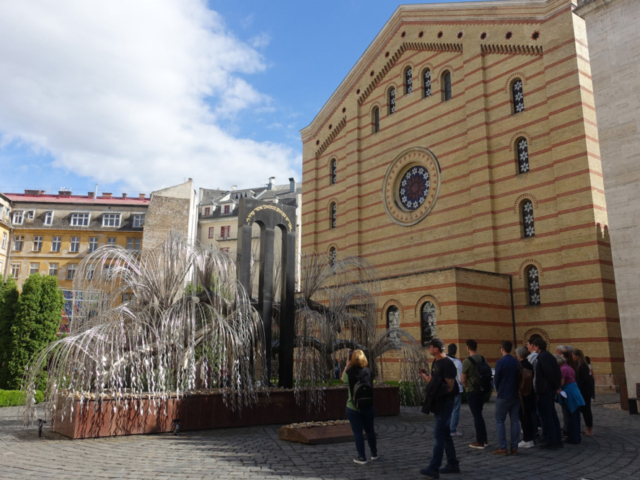
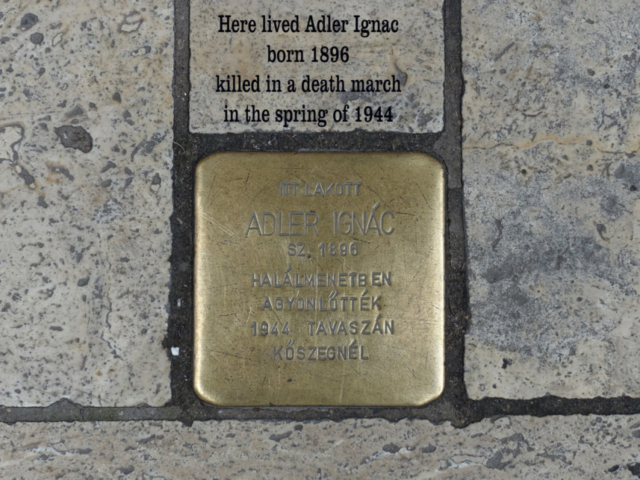

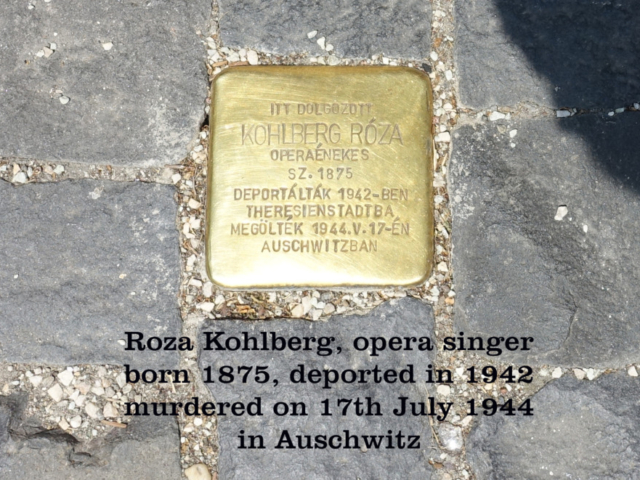



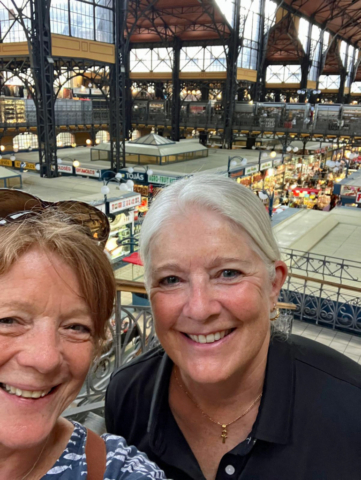
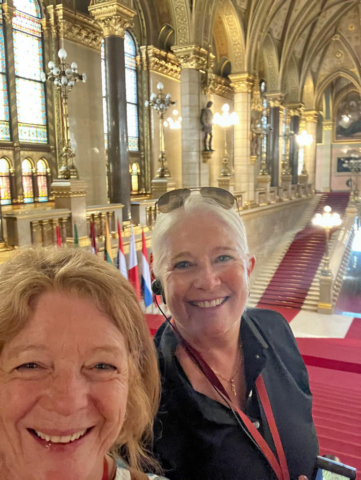


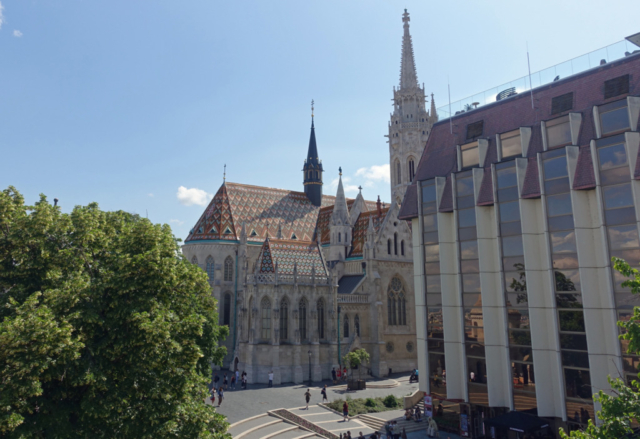

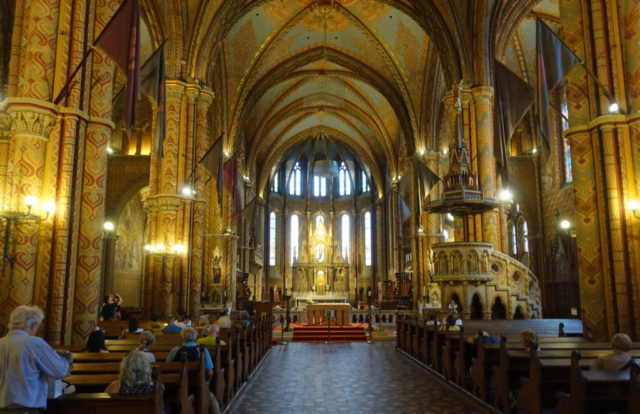
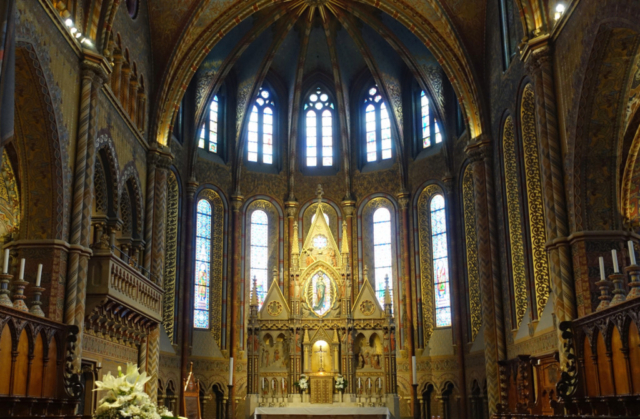


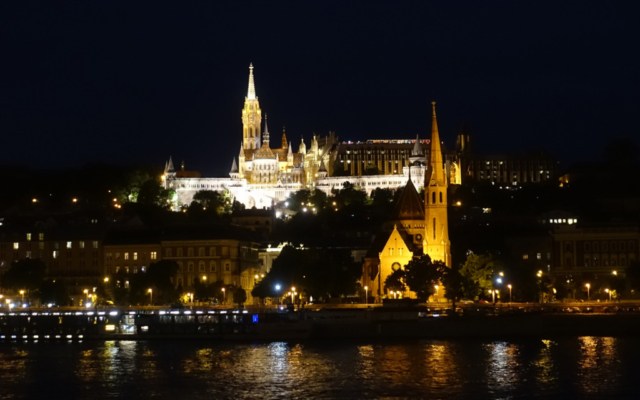
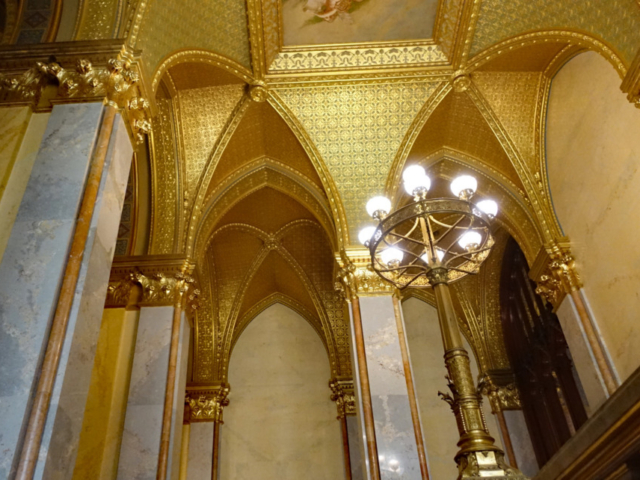
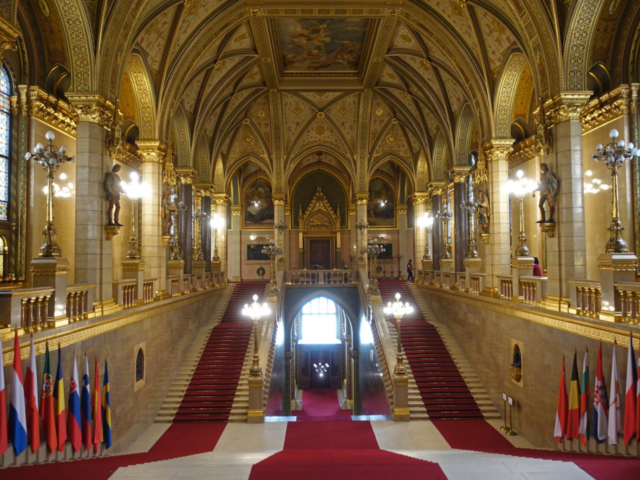
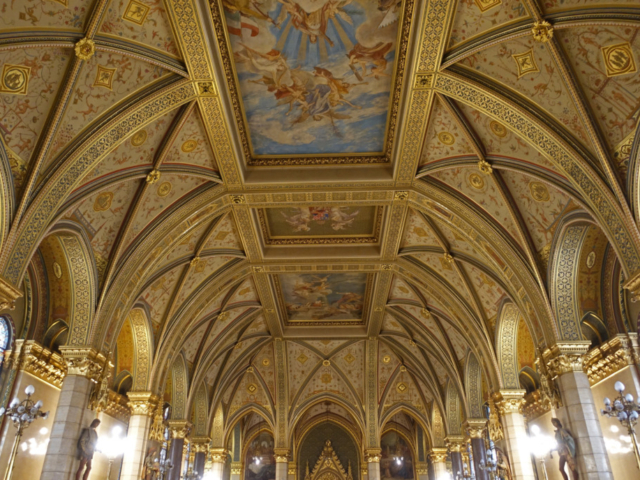
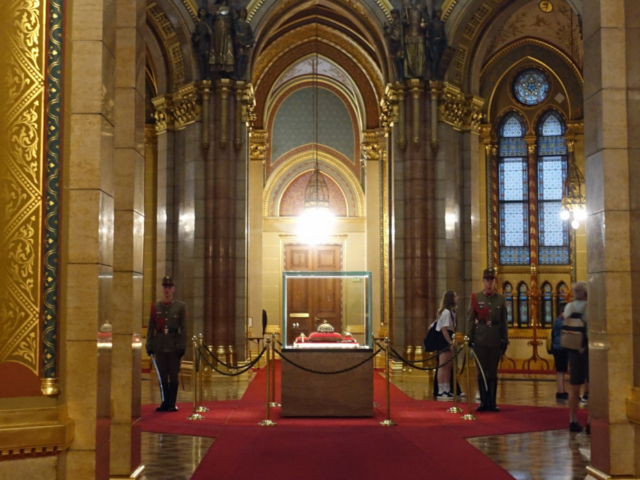
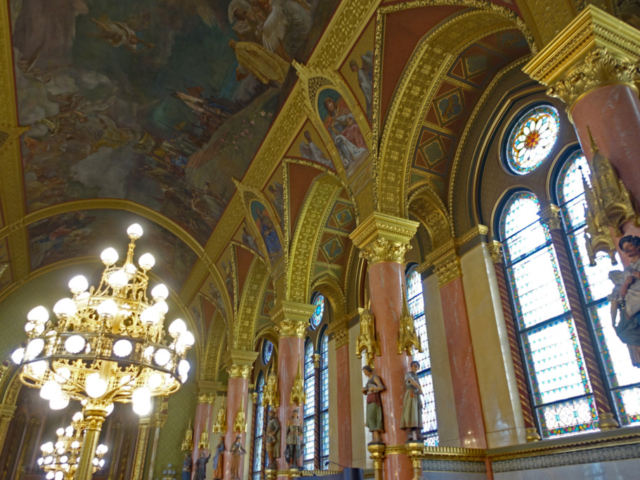
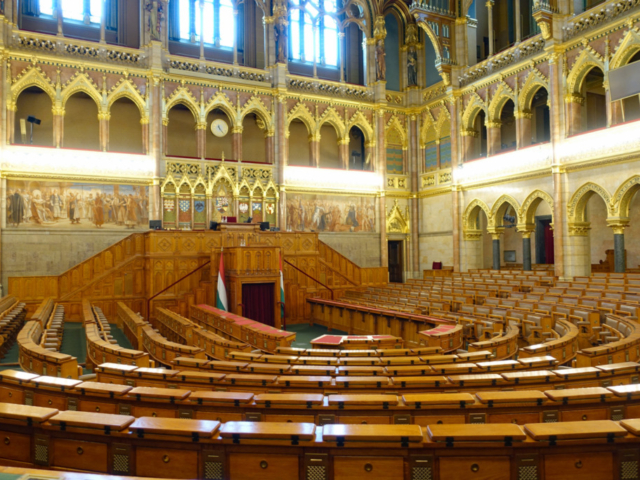
Pity you didn’t visit the inside of the synagogues which is spectacular. We also ate delicious food in that neighborhood.